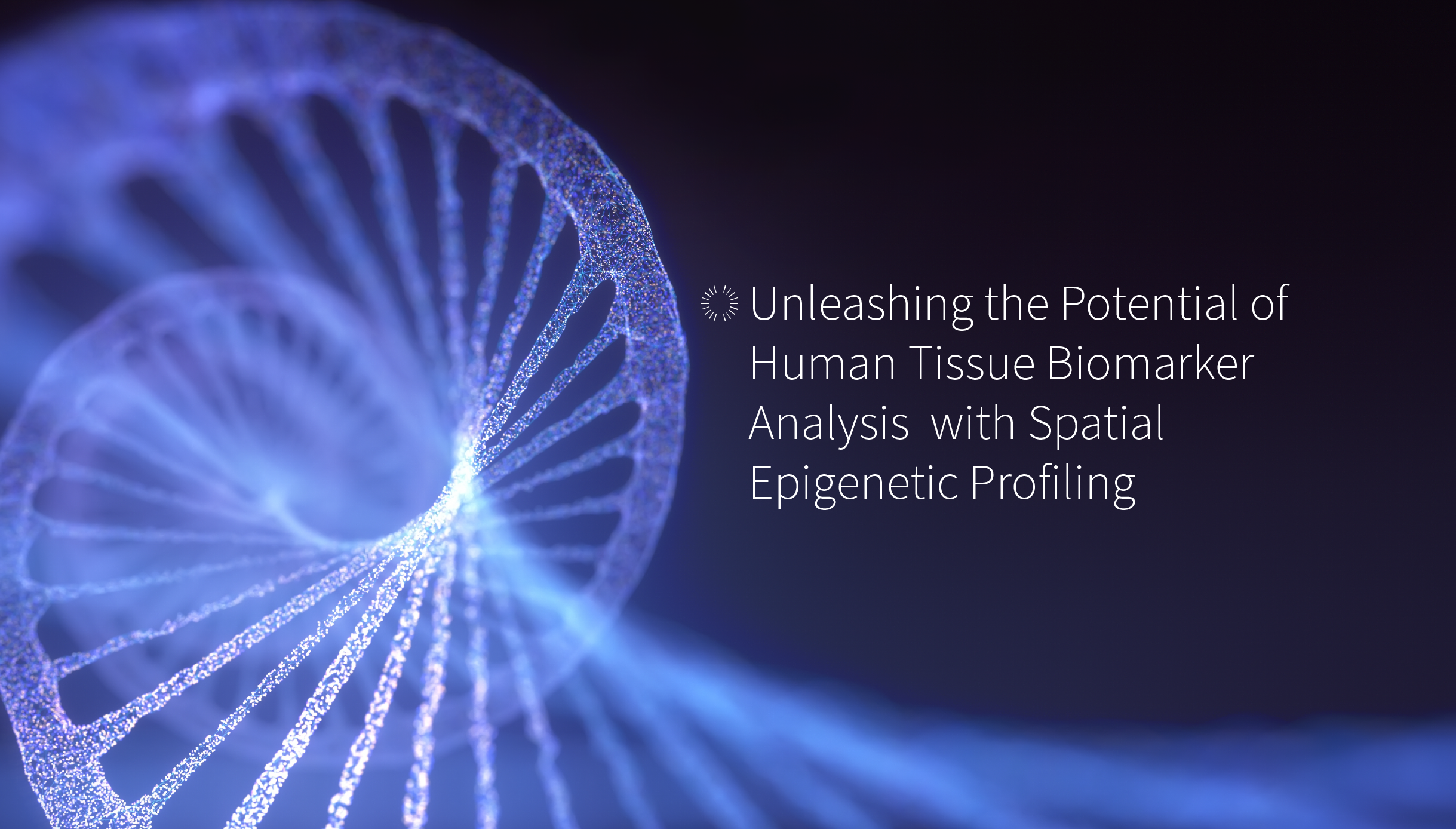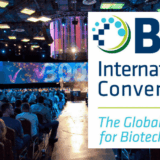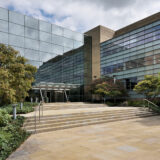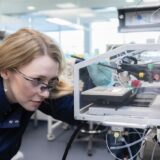Which team do you work in and what does that team do?
I work in the Informatics department, and more specifically, I am part of the Bioinformatics team. We use informatic tools to gather as much information as we can about disease processes and medicines discovery.
What’s your role within your team?
My main focus is on the handling and processing of imaging data – that’s data from preclinical imaging, microscopy, and mass spectrometry imaging. Anything that has an element of imaging to it. Pre-clinical imaging has been my focus in the pharmaceutical industry in the past.
Our team’s focus is the collaboration with laboratory scientists. Often, scientists can get the information they require from their experiments using readily available solutions, but if they need automated workflows, external data gathering, or help with custom-processing steps and/or algorithms, our team can provide these solutions.
What do you enjoy about working in Informatics?
When I started my Ph.D. (a long time ago), there were not so many easily accessible scientific computing libraries available. Achieving some functionality required lower level, slower programming (Numerical Recipes books and C pointers anyone?).
Now, what is absolutely amazing is the wealth of powerful, well-designed, high-level software tools for scientific research. These tools enable us to concentrate our efforts on drug discovery problems rather than technical programming considerations. Applying these tools to real world scientific questions and problems is what motivates me.
In three words, what would best describe your team?
Open minded, dynamic and supportive.
Tell us about any work you’ve done that you’re most proud of.
I am most proud of my doctoral and post-doctoral work. As part of my planned work, I encountered unexplained experimental artefacts in NMR spectroscopy that were puzzling at first and caused by radiation damping. After further work we explained the artefacts using existing theoretical frameworks and demonstrated further interesting effects caused by this phenomenon.
This was the case of noticing something unexpected, pausing current work to go on a detour and finally gaining more insight into the original work. It’s very satisfying when you can explain something that, at first, did not agree with expectations.
Shortly following this, we worked across two university departments to perform some quantum computing operations. They were designed on paper by three of us sitting together around a table. I then implemented them as pulse sequences on a liquid state NMR spectrometer, providing experimental proof of concept of these building blocks of quantum computing. Although this was a niche piece of work in the university, we experienced a real buzz. Quantum computing is still a very important area of research and is of interest to the Digital Catapult.
To date, what’s the most extraordinary or interesting job/project you’ve had in your career?
It’s great working in science because you’re not really sure what you’re going to be working on from one year to the next, or what sort of questions are going to arise.
But, reflecting on something different, it would be when I spent a year as a young man caring for disabled adults in a local authority establishment in France. A lot of good things happened but also occasionally very stressful things. In hindsight it was a very humbling and formative experience, I look back fondly on that year.
If you could swap your job with anyone in the world, who would you swap with?
Not a person but the collective who has given us the modern-day bicycle. This understated object is a wonderful way of having fun whilst getting gentle exercise at all ages. It is also one of the most efficient modes of transport. I think and hope it will play an ever-increasing role in our efforts to live more sustainably.
Tell us something you like doing outside of work.
I enjoy the local outdoors, the hills, forests and canals with my family, either on foot or with my “petites reines”. I also do a lot of DIY home improvement, our Victorian house needs constant care and attention.



















































































































